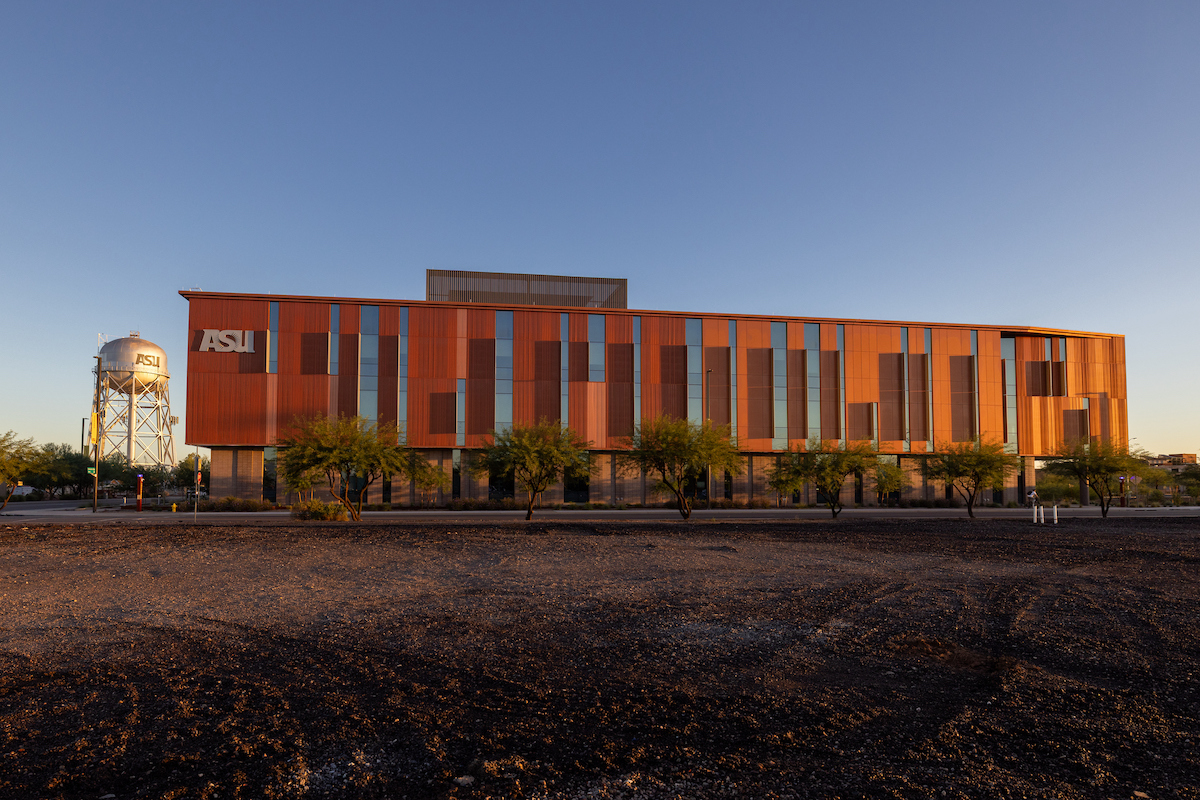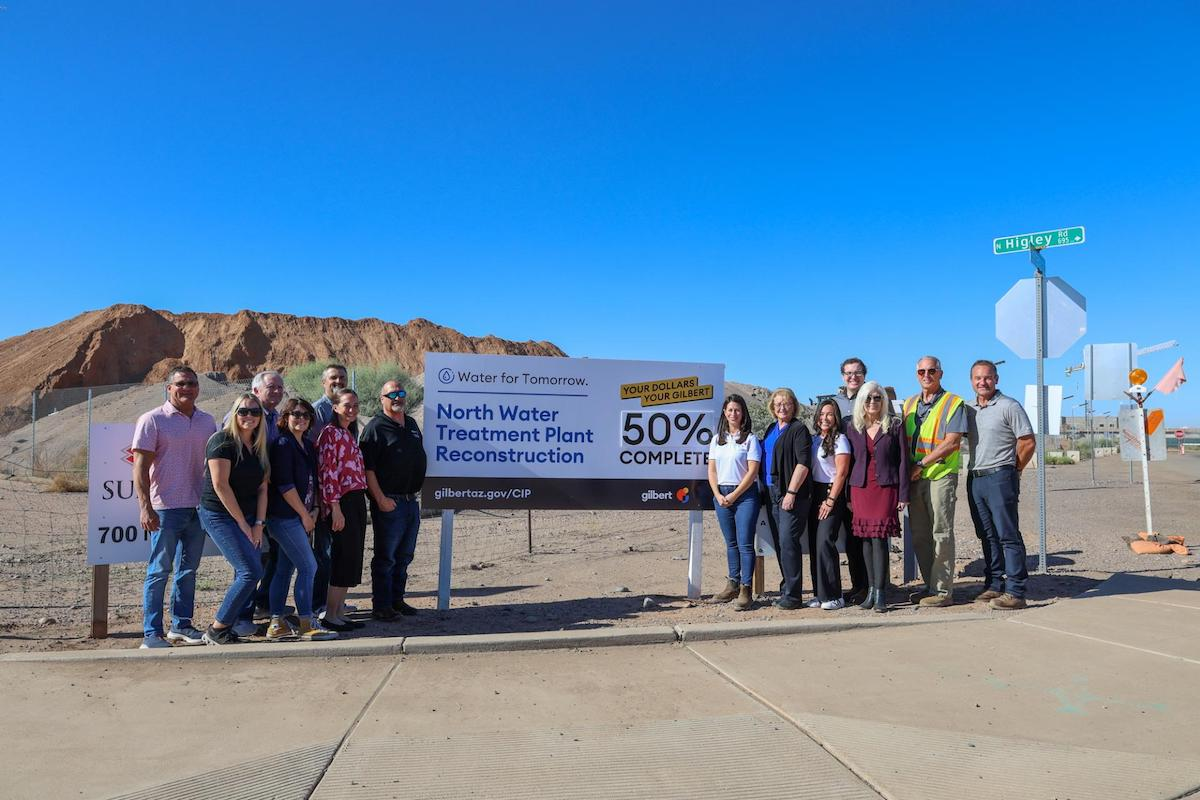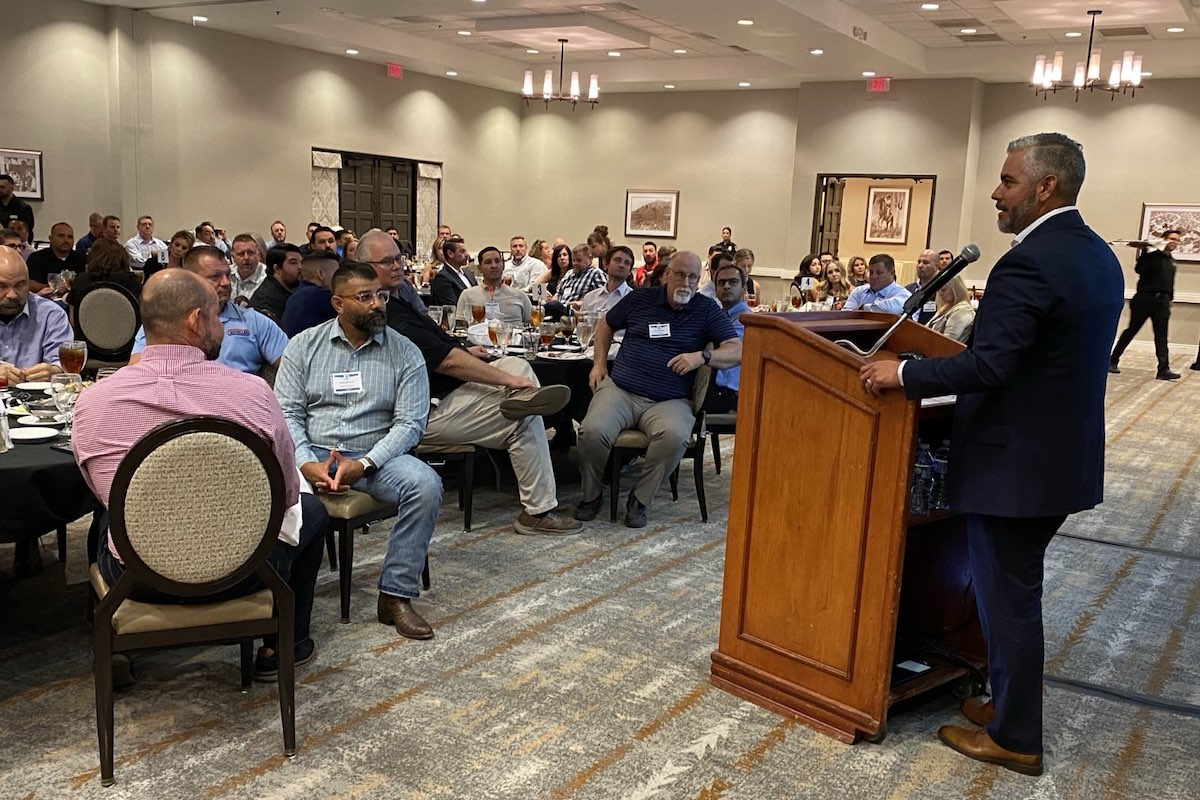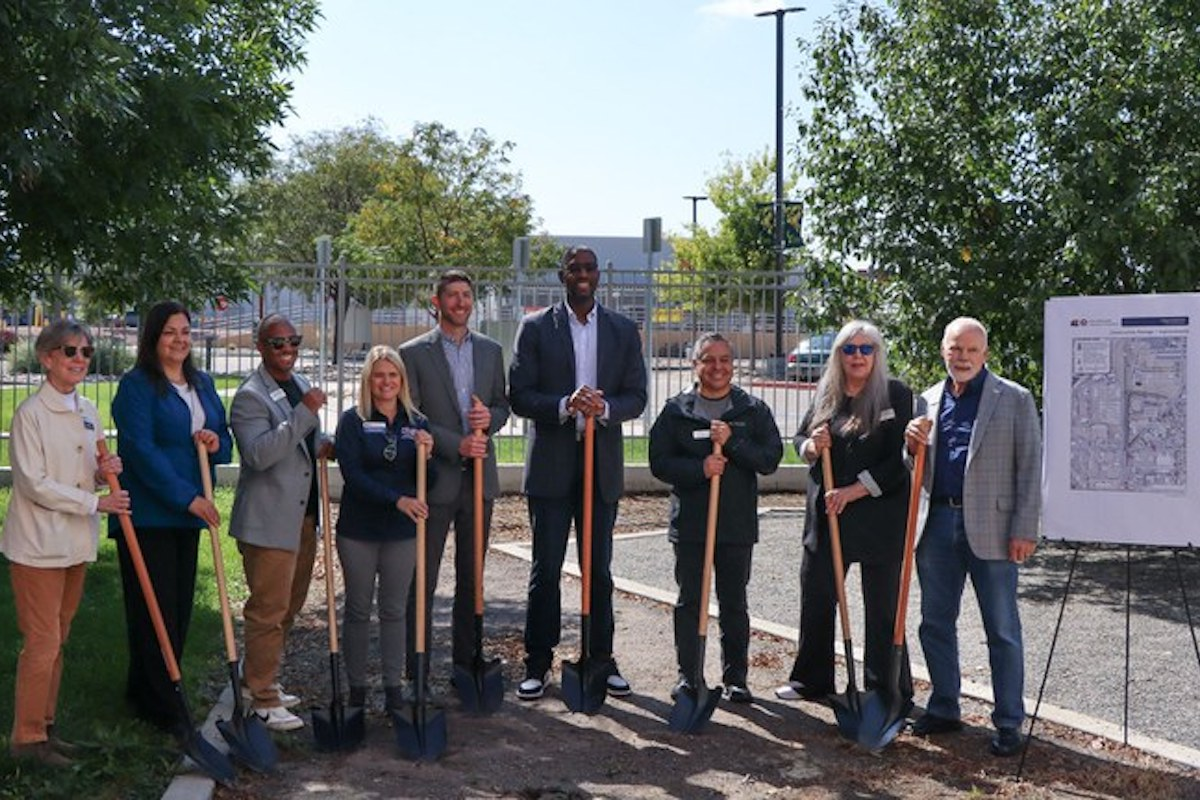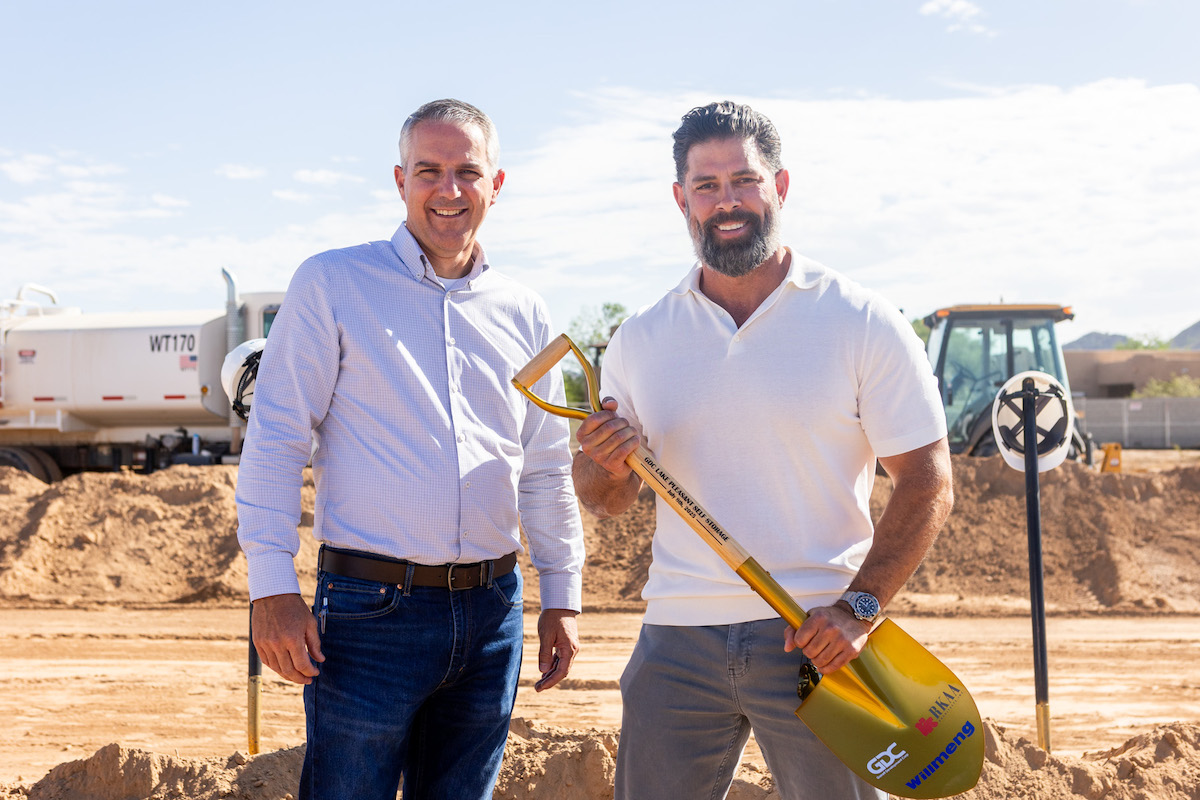“Saunders has a long history of student-centered projects on higher education campuses and with the University of Denver in particular. We are proud to have delivered the first building that is part of the Denver Advantage Plan in time for the school year,” said Thomas Alford, Senior Vice President of Saunders. “As the first building being rolled out as part of this plan, the Dimond Family Residential Village will serve as a state-of-the-art community space where students will cultivate relationships and collaboratively learn.”
The residential village has more than 250 rooms, which, at capacity, can house more than 500 students. Students are separated into cohorts, in addition to the building being divided into six different “houses,” which is further separated into 21 different “pods,” each containing more than 20 rooms and a lounge. The hall includes an additional dozen common and study spaces and a Village Kitchen as well as an outdoor gathering area that can accommodate the entire first-year class of 1,500 students.
The residential village also reflects a commitment to sustainability. Rooftop solar has been incorporated into the construction and the six different houses are individually metered, allowing for energy-use competitions among students. The building is also on track for LEED Gold certification.
The building is full of features that make it singular. Inside, concrete columns have been deliberately chipped to create a durable finish that will withstand move-in days for years to come. The fourth-floor bridge connecting the facility’s two wings has a tree trunk-like appearance, with the fretwork of the windows becoming a multi-story canopy complete with a “tree house spot.” Also, a “workers wall” features the names of the 800 people who contributed to the building’s construction.

| Your local Trimble Construction Division dealer |
|---|
| SITECH Northwest |
| SITECH Rocky Mountain |
| SITECH Southwest |
Construction of the residential complex began in 2018. The build-out of the project entailed 7,600 cubic yards of concrete, 492 workers on site, and 17 diverse subcontractors to ensure the project was delivered both on time and on budget.
Saunders worked hand-in-hand with DU to develop a business program with a goal of 15 percent participation for the project. The results far surpassed the goal by achieving 35 percent minority-, women-, and veteran-owned businesses, as well as small businesses, resulting in over $15 million in economic impact from the Dimond project.


















